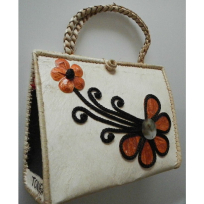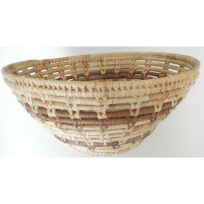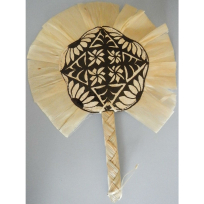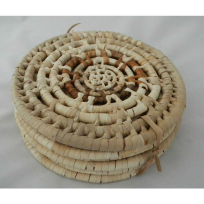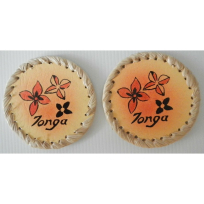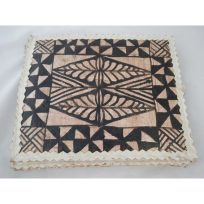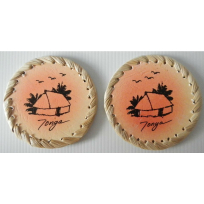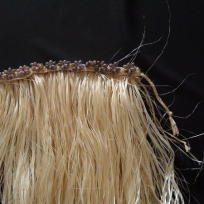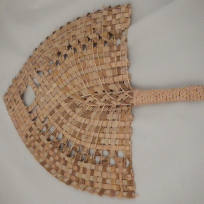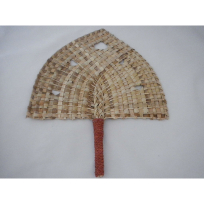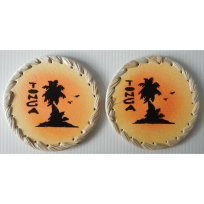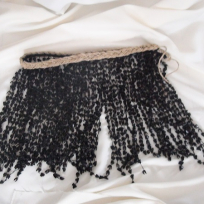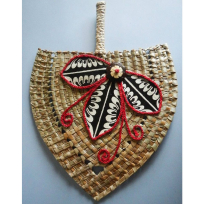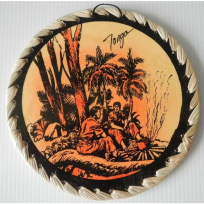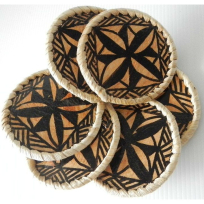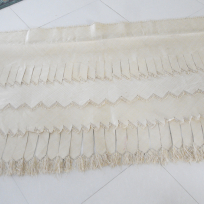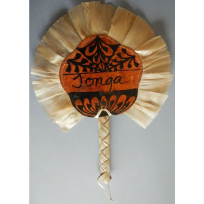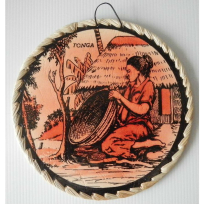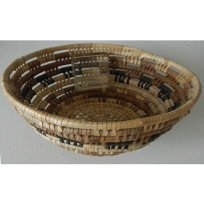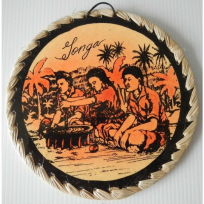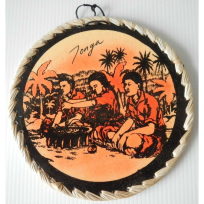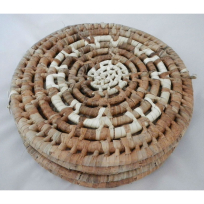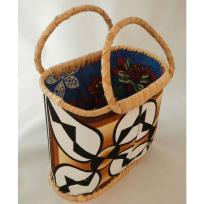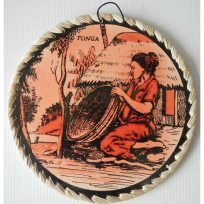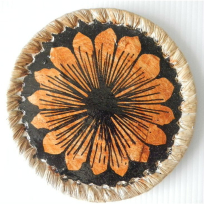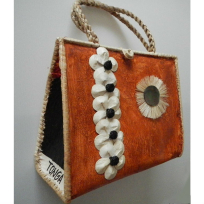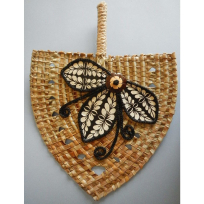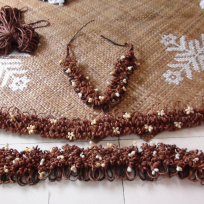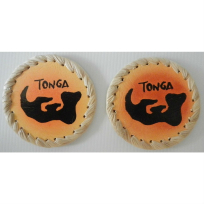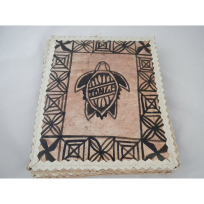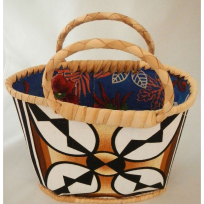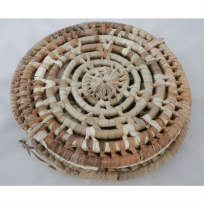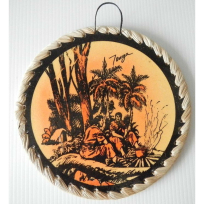Products
Shop Online
Shopping Cart

Shop Online
Weaving
Mat weaving, like tapa making, plays an essential part in the everyday life of the people. Women gather into small groups to help each other with the weaving and will often be found singing or talking to keep themselves from tiring.
Vast quantities of mats are woven and traditionally presented at births, weddings, funerals, and other special occasions. Fine mats are the most treasured possessions in Tongan households.
In addition to using mats for practical household purposes, such as floor coverings and bedding, the people of Tonga wear mats knows as 'ta'ovala' around the waist as a sign of respect. This custom is said to have originated from ancient times when men, on returning from long voyages at sea, would cut the mat sails of their canoes and cover their nakedness prior to appearing before their chief. Today the 'kiekie' mainly worn by girls is a simplified version of the ta'ovala. Finely woven ta'ovala are particularly treasured and are handed down from generation to generation, some dating back hundreds of years.
There are four species of the pandanus which are commonly used for weaving - all of which differ in colour and texture. They are 'paongo' (brown), 'tofua' (white), 'kie' (white), and 'tapahina' (white or brown).
Preparing the pandanus leaves for weaving is time-consuming and difficult. First, the leaves are cut close to the ground, after which the sharp serrated sides and midrib of each leaf is removed with a sharp knife thus halving each leaf into two long pieces. After this initial process, there are several ways in which the leaves of each species are prepared in order to achieve the right colour.
The paongo leaves are covered with a mat and the leaves are turned everyday to ensure circulation of air. Within a few days the leaves turn golden yellow and then gradually reddish brown. At this point, the leaves are made into special plaits (fakate'ete e-puaka) and hung in bunches in the house to dry gradually.
Tofua leaves have to be put in to circular bundles and boiled for an hour before drying in the sun to produce a white colour.
The kie leaves are boiled before each leaf is 'peeled' separating the soft upper half of the leaf from the bottom. Upper halves are tied in to bunches and put in to the sea at low tide and large stones are used to secure the bunches to the sand - here they are left for a week and a half until the leaves are bleached white by the salt of the sea. The bunches are then hauled to dry land where each leaf is carefully washed with rain water and then dried in the sun.
Before the weaving begins, each dried leaf is flattened and made pliable by pressing a shell against the leaf with the thumb and forefinger and then pulling the leaf between the shell and the middle finger. When the leaf becomes soft and supple, it is cut lengthwise in to thin or thick strips according to the kind of article to be woven.
Mat weaving differs from one to the other according to the species of pandanus used. The four most used mats are 'fala paongo', 'fala tui', 'fala tofua', and 'fala fihu'. The fala paongo, brown in colour, ranks high - it is a chiefly mat and is customarily presented to those of chiefly rank. The weave is of double thickness, and fine strips are used making it a valuable possession. The fala tofua is made in the same way as the fala paongo except that the flax is beige in colour. The fala fihu is made from the kie - if woven with single strip it is known as Kie Tonga and holds a chiefly rank - if in double thickness it is still a treasured article of the Tongan woman but it cannot be substituted for a Kie Tonga.
The fala tui is one of the most attractive mats. A separate mat of a much thicker weave is first woven to the required size and squared off. This is the undermat, and it is usually made of tofua. The top layer is made of paongo and consists of a finer weave. It is attached to the undermat as it is woven on top of it. Skill is much needed for this special weave, and the women of Niua Fo'ou are the best in this field.
The black flax used to make contrasting patterns on the mats is dyed beige tofua flax. This is immersed under mud in a swamp for days before it is boiled with the leaves of the 'manaui' (garuga floribunda) or 'loa ano' (jussiaea erecta) until the flax turns black. This dye is fast and will not fade.
Another local material that is commonly used is the fibre of the 'fau' tree (hibiscus tiliceus) which is strong and long lasting. The fau is used making baskets, ta'ovala dancing costumes, hula skirts, fringing of mats, and roping. Again, the preparation of the fibre for use takes many days. The branches are cut and taken to the sea where they are left for weeks. They are secured to the bottom of the sea with large stones. During this time, the outer bark rots and is washed off by the constant motion of the sea while the inner bark becomes bleached white and softened. Next the fibre is separated from the wood, washed with rainwater, and dried in the sun.



